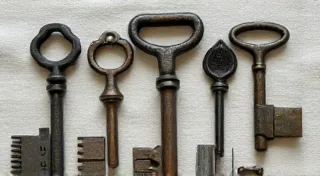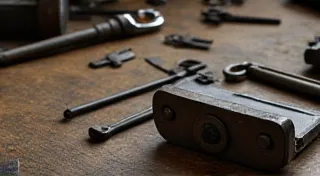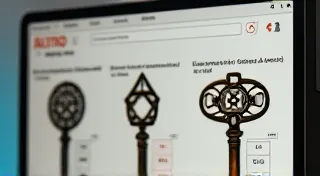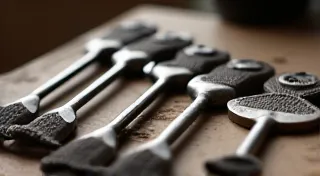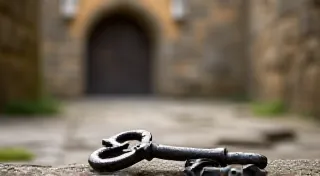Caring for Your Antique Key Collection: Preservation Tips
A collection of antique keys isn't just a gathering of metal objects; it's a tangible link to history, craftsmanship, and the stories of generations past. Protecting your investment and appreciating these pieces requires more than just admiration – it demands careful preservation. This article provides practical tips for cleaning, storing, and safeguarding your antique key collection, ensuring their longevity and beauty for years to come.
Understanding the Challenges of Key Preservation
Antique keys, by their very nature, have endured decades, sometimes centuries, of handling and exposure to the elements. They may be tarnished, corroded, or have fragile details. Incorrect cleaning or storage can actually *damage* these delicate artifacts. Before you begin any preservation efforts, it’s crucial to understand the potential risks and proceed with caution. Different metals (brass, iron, steel, etc.) react differently to cleaning agents, so identifying the type of metal is a good starting point. Understanding the evolution of key designs – their intricate shapes and symbolic markings – can also add another layer of appreciation for your collection.
Cleaning Your Antique Keys: A Gentle Approach
Cleaning should be done sparingly and with the gentlest methods possible. The primary goal isn't to make the keys look brand new, but to remove surface dirt and stabilize the existing patina. Aggressive cleaning can remove valuable details and devalue the key's historical significance. The story each key tells isn't just in its function, but also in the marks of time it bears. Sometimes, the slight discoloration and patina offer insights into the key’s past and the environments it encountered.
- Dusting: Regularly dust your keys with a soft brush to prevent the accumulation of dirt and grime.
- Mild Soap and Water: For slightly dirtier keys, a gentle wash with lukewarm water and mild dish soap can be effective. Use a soft-bristled brush (like a toothbrush) to scrub gently. Rinse thoroughly and dry immediately with a soft cloth.
- Removing Tarnish: Tarnish on brass keys can be removed carefully using specialized brass cleaning cloths. Follow the manufacturer's instructions carefully and avoid excessive rubbing. For iron keys, specialized rust removers *may* be used cautiously, but always test a small, inconspicuous area first. Avoid harsh chemicals like bleach or strong acids.
- Professional Cleaning: For valuable or severely tarnished keys, consider consulting a professional conservator specializing in metal artifacts. Consider also how these keys may have been integrated into antique furniture, offering clues to their original purpose and context.
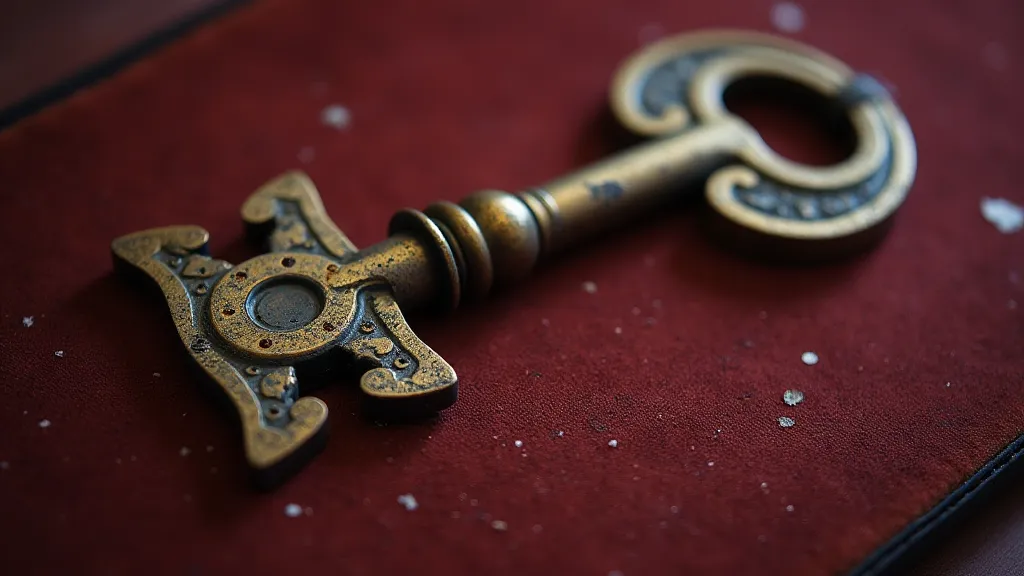
Key Storage: Creating the Ideal Environment
Proper storage is essential to prevent further deterioration. The ideal environment is cool, dry, and free from drastic temperature and humidity fluctuations. The regional origins of your keys also matter - keys crafted in America will have subtle differences to those made in Europe. Indeed, regional variations offer a fascinating glimpse into the diverse crafting traditions of the past.
- Individual Storage: Store each key individually to prevent scratches and accidental damage.
- Protective Bags: Acid-free polyethylene bags or archival-quality sleeves are excellent for protecting keys from dust and fingerprints.
- Storage Boxes: Use sturdy boxes made from acid-free materials. Lining the box with archival tissue paper provides an additional layer of protection.
- Avoid Direct Sunlight: Sunlight can fade finishes and accelerate corrosion.
- Humidity Control: If you live in a humid climate, consider using silica gel packets inside your storage boxes to absorb excess moisture.
- Documentation: Keeping a record of your collection is vital. Note the origin, any marks, and the materials used. This also becomes valuable for insurance purposes and can help in identifying provincial marks that offer insights into the key’s creator and its intended use.
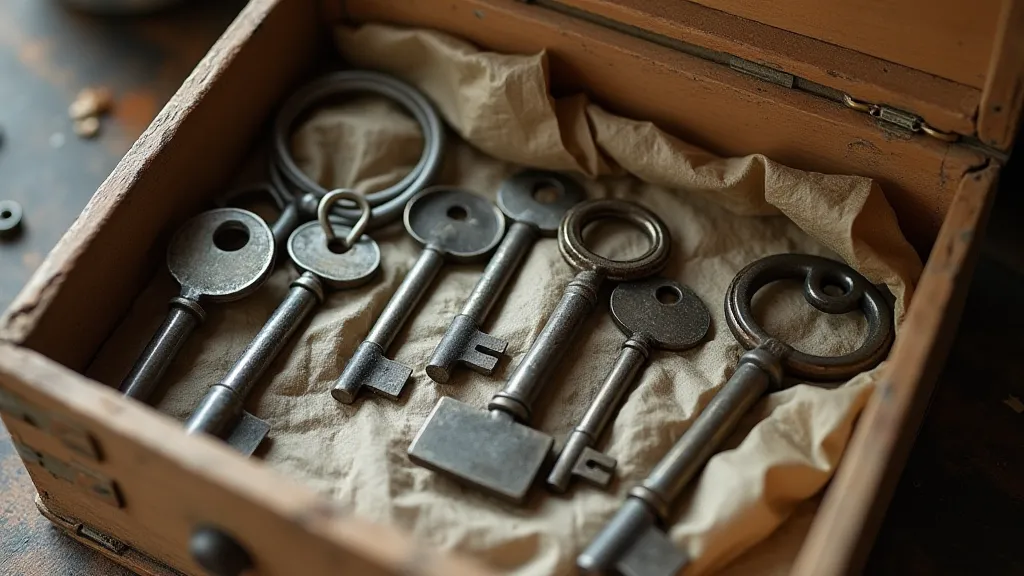
Handling Your Keys with Care
Even with the best storage conditions, handling your antique keys can contribute to wear and tear. Always handle them with clean, dry hands. Avoid touching the intricate details whenever possible. Consider wearing cotton gloves when examining or displaying your collection. Each key's unique details can be surprisingly fragile and susceptible to damage from oils on our skin.
Displaying Your Collection – Balancing Visibility and Protection
While it’s tempting to display your keys prominently, remember that exposure increases the risk of damage. If you choose to display your keys, keep them away from direct sunlight and heat sources. Consider using display cases with UV-filtering glass to minimize light damage. When possible, pair keys with photographs or documentation detailing their original purpose and historical context. This adds a whole new dimension to the display.
Regular Inspection and Conservation Principles
Periodically inspect your keys for signs of deterioration, such as rust, cracks, or excessive tarnish. Early detection allows you to take corrective action before the damage becomes irreversible. Documenting the condition of your keys with photographs is also a good practice. Think of this as a continuous process of conservation – not just about preventing damage, but about understanding the changes a piece undergoes over time. This mirrors the broader field of conservation science, where experts carefully analyze and preserve artifacts to ensure their survival for future generations. A key’s story isn’t just about its past; it’s about its potential to connect us to history.
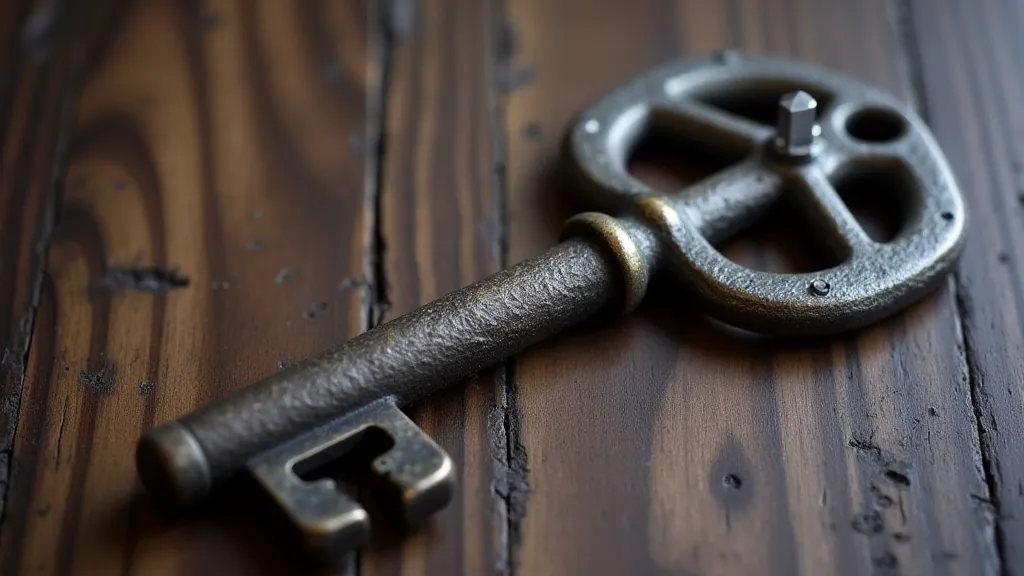
Caring for your antique key collection is an ongoing process. By following these preservation tips, you can help ensure that your treasures remain a source of fascination and a testament to the past for generations to come. Don’t be afraid to research the specific needs of different key metals – brass, iron, and steel each require slightly different approaches to cleaning and storage. The understanding gained from this research elevates the ownership experience from simple collecting to a deeper appreciation of craft and history. The subtle variations and imperfections in antique keys tell a story of their own, reflecting the unique skills and materials available at the time of their creation. By appreciating these details, you not only preserve the physical object but also contribute to the preservation of cultural heritage.
